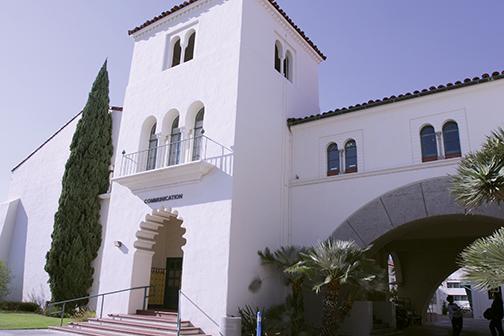The Health Communication Student Organization started at San Diego State in 2011 alongside the Health Communication major in order to provide academic support and career guidance for students.
Currently, SDSU is one of the fewer than ten universities across the U.S. to offer health communication as a major and is the only program in existence on the West Coast. With the major providing a 360-degree educational approach, students are exposed to a variety of viewpoints both from within the health communication field as well as to perspectives from other disciplines. Today, the HCSO aims to provide its members with professional development, local networking opportunities, internships, and also encourages participation in community service.
While it’s difficult to assign an exact definition, Perry Pauley, a faculty member in the School of Communication and HCSO advisor, explains it as any “communicative activity that goes into shaping our health.”
Pauley goes on to say that health communication includes everything from international discussions about health issues to private conversations about personal health and wellness. Health communication is important to students because of the way behaviors develop.
“Research has shown that the patterns (students) establish in your first few years of independence stay with you for life,” Pauley said.
In short, the habits we form now, not only about the way we take care of health but also the way we talk, or communicate about it, will shape how we address our health issues, needs, and questions in the long term future.
Dr. Meghan Moran, an HCSO adviser and professor in the School of Communication, explains why society as a whole should be actively aware and interested in health communication.
“We have a responsibility to communicate to our communities, communicate to help change policies regarding our health,” Moran said.
Moran notes how vital it is for people to be able to pass on accurate, health-related knowledge, understand physiological processes as it relates to health and the choices we make, and to also recognize that people are not always rational when making personal health decisions.
“If there’s a 14–year-old boy and the girl he likes offer him a cigarette, everything he knows about smoking and his good common sense is going to go right out the window,” Moran said.
The HCSO seeks to foster an environment where students can discuss these crucial health-related issues with their peers while also receiving scholastic support and professional leadership.
Members from all majors are welcome, whether you’re just interested in learning more about health communication or plan on having a career in the industry. Possible careers in the health communication industry include patient education (helping patients manage their medical conditions), pharmaceutical sales and positions as healthcare advocates as well as roles within the government and public health sector.
For those interested in developing a more comprehensive overview of health communication, Pauley teaches COMM 321: Intro to Health Communication. This course satisfies the upper division General Education requirement for the Social and Behavioral Sciences portion for graduation.







